Amrita Stützle is an Austrian-American artist and educator with a focus on lens-based media. Her work investigates the continued presence of historical events concerning gender, ritual, labor, and the environment. From August 23 – September 23, 2022, pieces from Amrita’s series “Brigid” were on view as part of Fragments, Facts and Fictions: The Cinematic Photograph in the HP Gallery, curated by Antone Dolezal and Tracy Fish. The series traces the artist’s mother’s Pagan spirituality through performative photographs and images made parallel to research into rare archival materials relating to witchcraft. By photographing her mother, a self-proclaimed Wiccan, her mother’s close friends, and the artist herself alongside symbols and signifiers of Witchcraft, Amrita aims at creating an idiosyncratic framework that expands the fraught notions of feminine spirituality.
Amrita works between photography and the moving image, and like many of the artists on view in this exhibition, has been influenced or inspired by the work of other filmmakers. We asked Amrita to share their five “Essential Films” as they relate to her work or just anything that is an absolute “must-see”. Here’s Amrita’s watchlist –
1. The Rider, 2017, directed by Chloé Zhao
Every time I watch this film, it moves me. The cinematography is breathtaking, and the characters are complex and raw. I love the gentle and subdued relationship between Brady and the horses that tackle notions of masculinity and stewardship. Most of all, the story arc of Brady accepting his fleeting dreams for his own survival, all while finding his identity outside of what he has known his entire life, is a lesson on humanity that Zhao depicts to perfection.
2. Persona, 1966, directed by Ingmar Bergman
The visuals from this film linger in my mind ever since I have seen it. The themes of duality, psychology, motherhood, and personal identity, among many others, have deeply influenced my own work. The multiplicity of interpretations that one can have, given the ambiguous nature of the film, is something to be revered in any work of art.
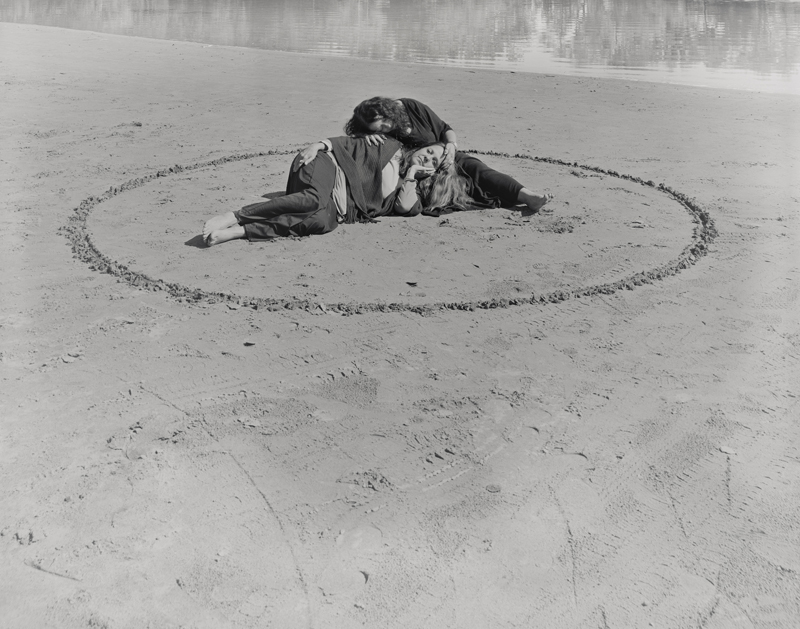
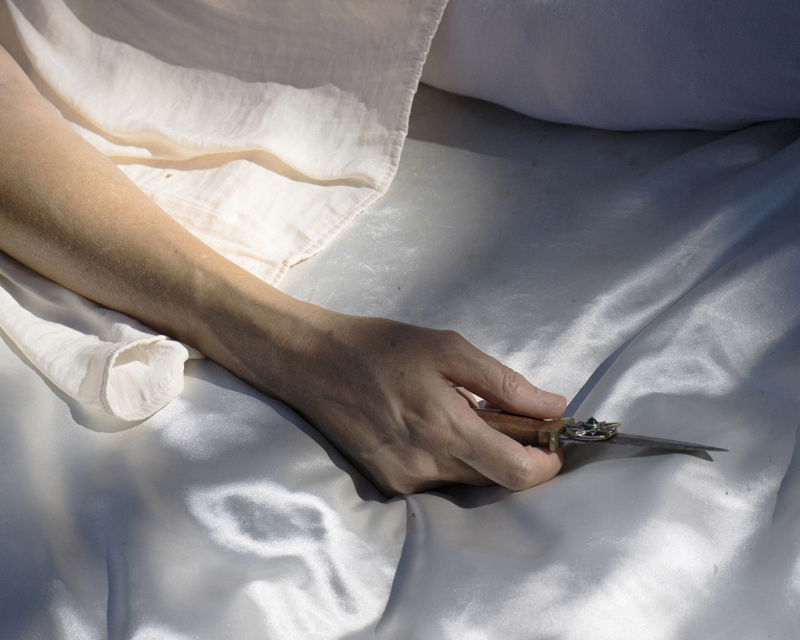
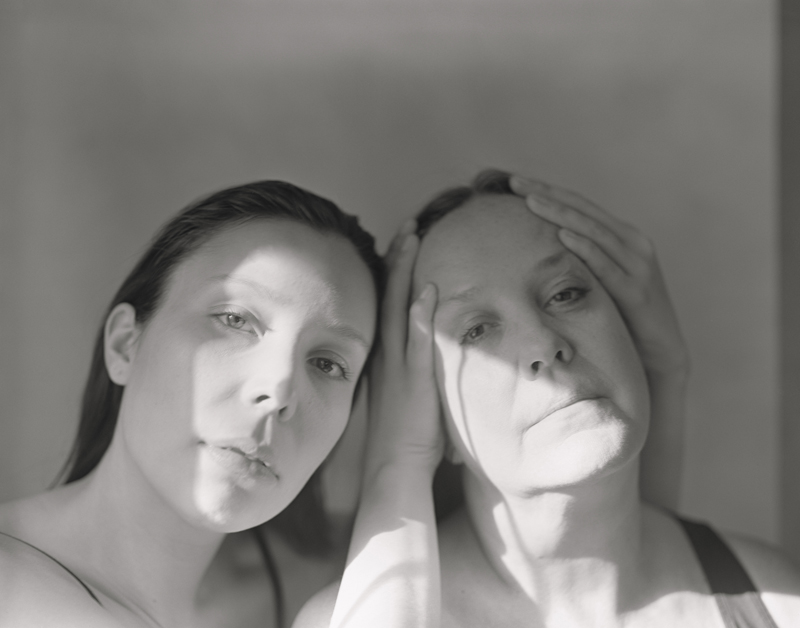
3. Midsommar, 2019, directed by Ari Aster
Midsommar came out when I was about a year into making Brigid. It felt like an important validation that my current interest and research into paganism and folklore were part of the Zeitgeist. I adored the visceral quality of the film.
4. In the Mood for Love, 2000, directed by Wong Kar-wai
The dreamy slow pace of the film transports you into a new cinematic world that is sensual, powerful, and captivating. It is one of the most beautiful films ever made, the notion of aesthetic arrest—a simple beholding of an object that exists outside of oneself—takes over as you delve into Kar Wai’s world. This meditative space is a quality I am deeply drawn to.
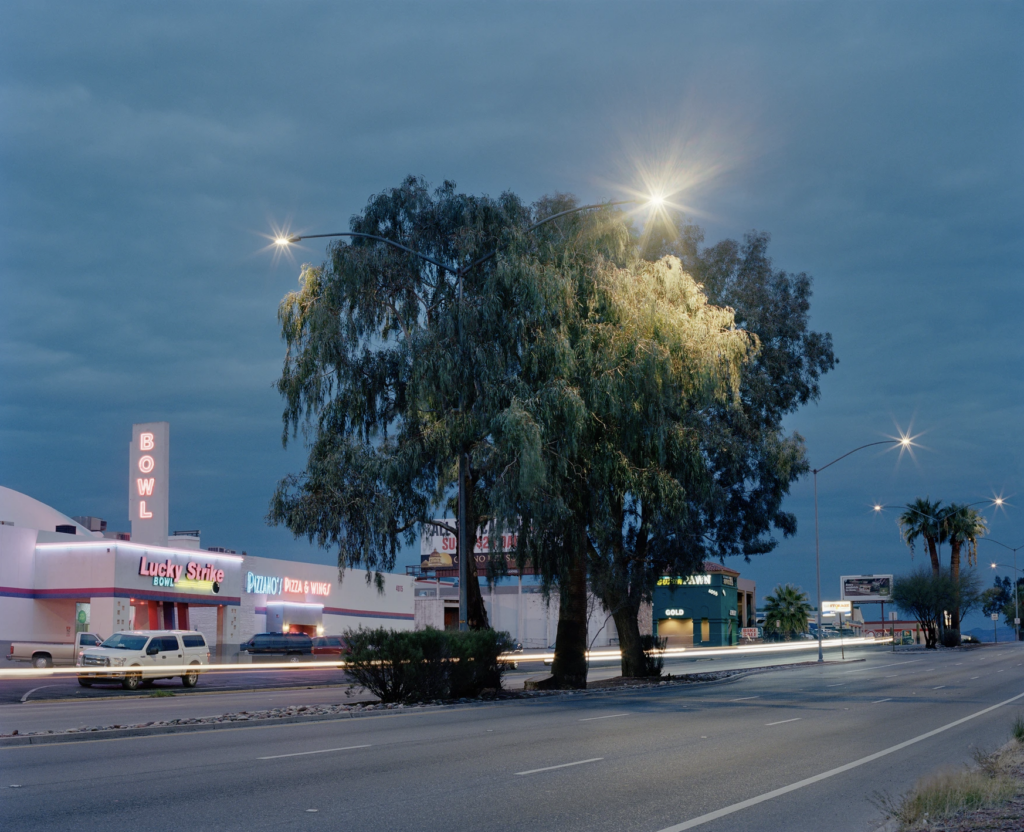
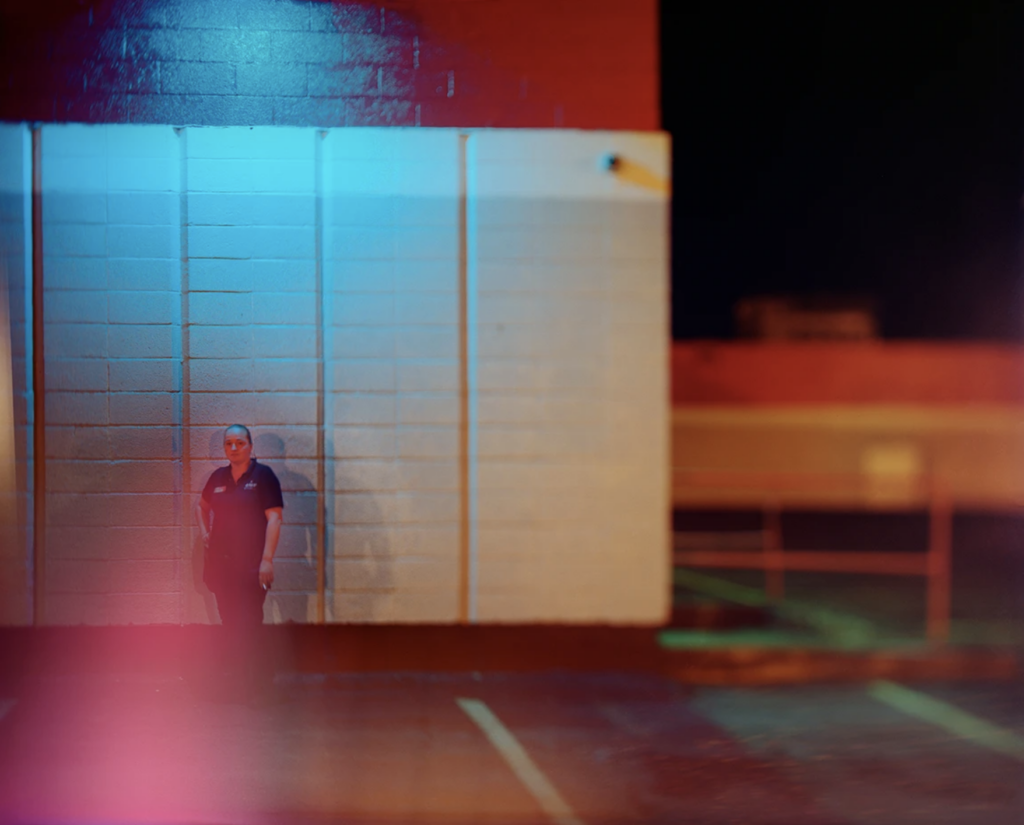
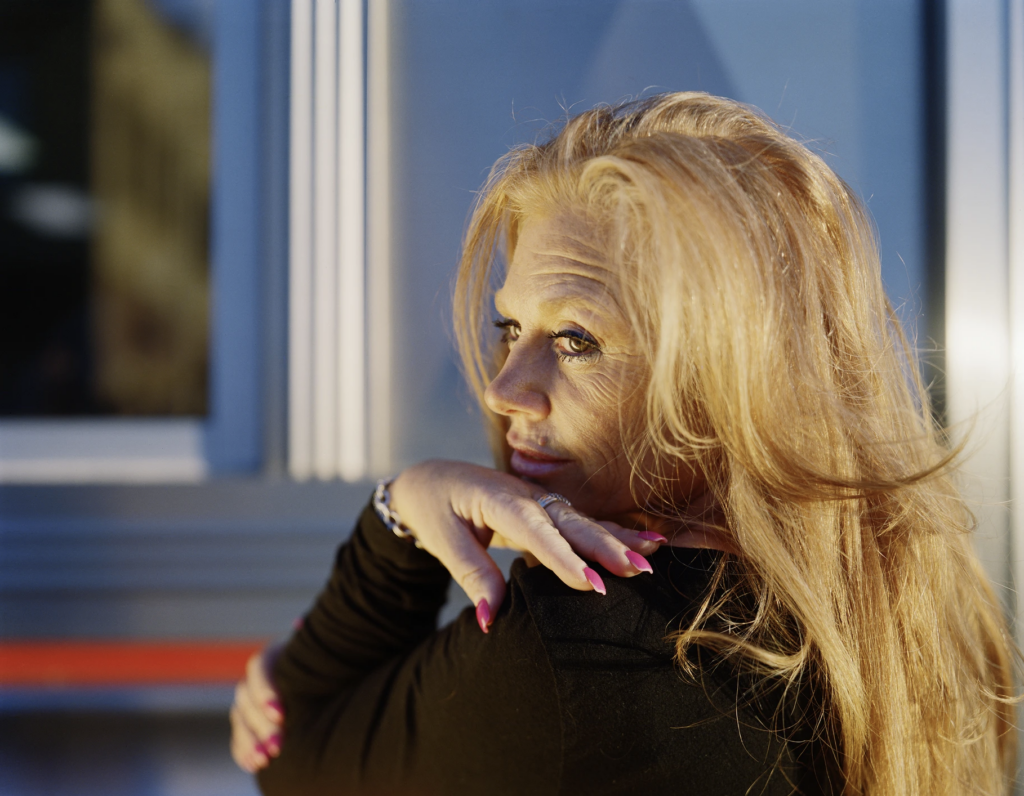
5. Portrait of a Lady on Fire, 2019, directed by Céline Sciamma
I truly felt the power of a queer fem gaze upon watching this film from both the two central women’s performances and Sciamma’s vision. It is such a beautiful and emotional film that is utterly all-encompassing. I love films that feel like they exist across media—in this case, within the realms of painting and literature, and of course cinema itself.
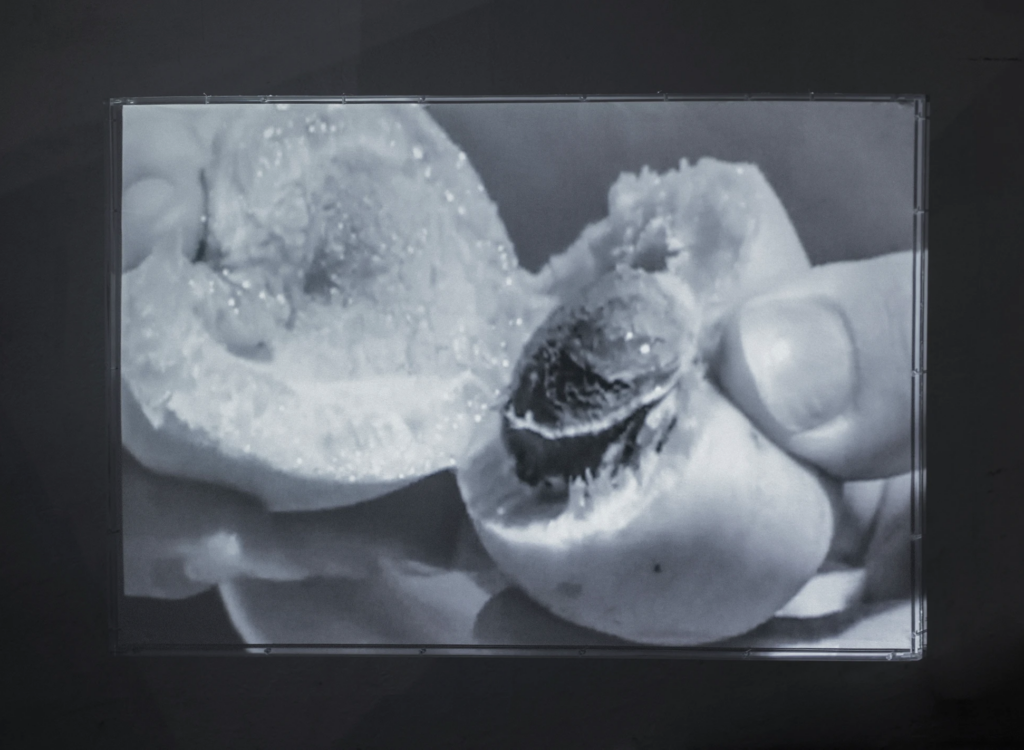
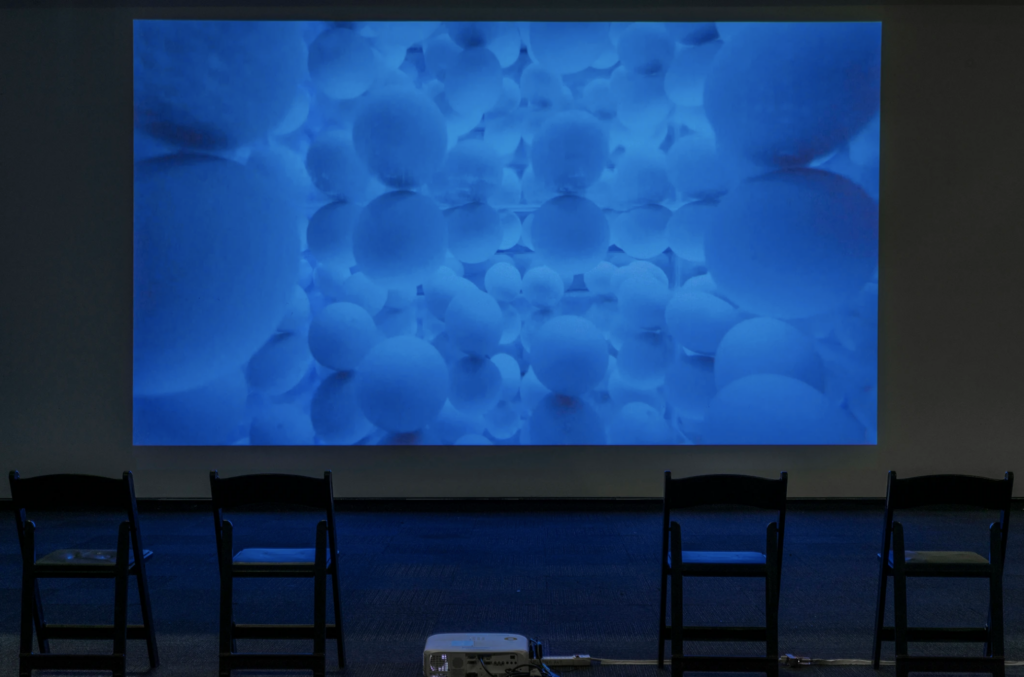
The exhibition “Fragments, Facts and Fictions: The Cinematic Photograph” curated by Antone Dolezal and Tracy Fish is part of the HP Gallery’s 2022 Curator Series, funded in-part by Nevada Humanities and the National Endowment of the Humanities. To learn more about the Curator Series, click here. To learn more about Amrita, please visit www.amritastutzle.com.
